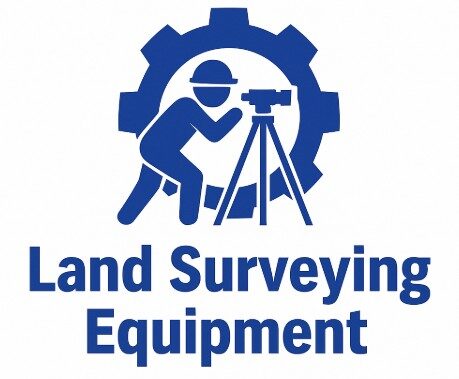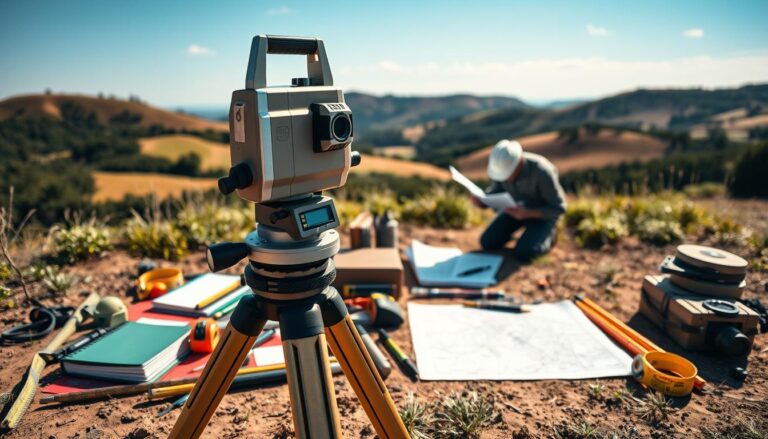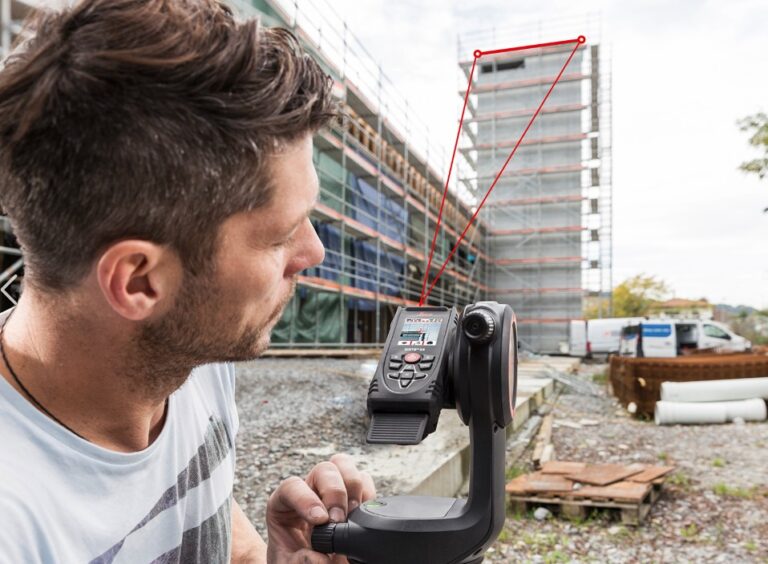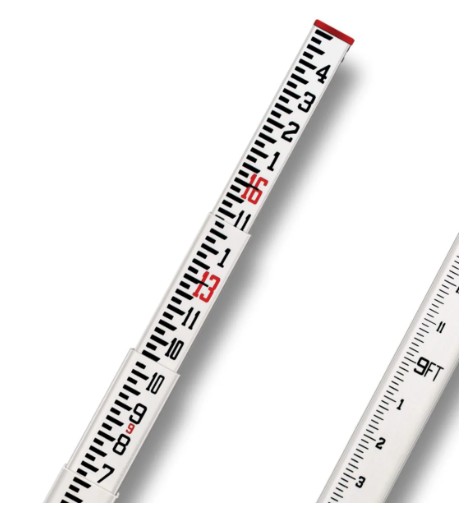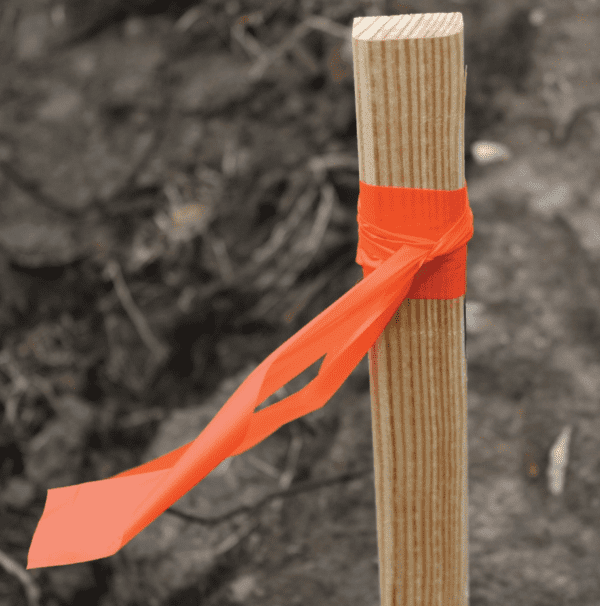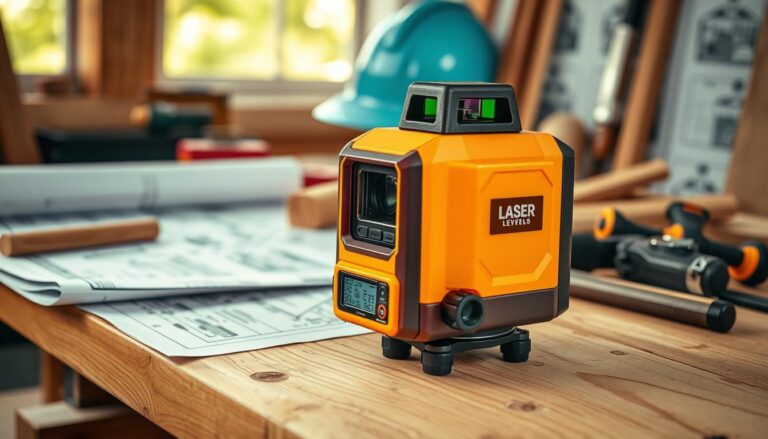Mastering Leveling Grade Rods: Tips and Techniques
A level rod, also known as a leveling rod or staff, is a key tool for surveyors. It helps measure elevation differences between points on the ground.
Mastering grade rods is vital for precise surveying and construction. Knowing how to use these rods well can greatly improve measurement accuracy.
By understanding grade rods and using them right, professionals can make their projects a success. This guide will cover the basics of leveling grade rods. It will offer useful tips and advice.
Key Takeaways
- Understanding the importance of mastering grade rods in surveying and construction.
- Learning the basics of grade rods and their role in achieving accurate measurements.
- Gaining practical tips and techniques for effective use of leveling grade rods.
- Enhancing project success through precise elevation measurements.
- Improving overall surveying and construction skills with grade rods.
Understanding Leveling Grade Rods
Leveling has been around for centuries. Early civilizations used simple methods that have grown into advanced tools like grade rods. These rods are key in construction, surveying, and landscaping to measure height differences.
What Are Leveling Grade Rods?
Leveling grade rods are special rods used with leveling tools. They measure elevation differences between points on the Earth’s surface. They help make sure surfaces are flat or have the right slope.
Purpose and Function
Leveling grade rods are used to get accurate measurements. They help set up level surfaces or find height differences. They are vital for many tasks, like building foundations or ensuring proper drainage.
Key functions include:
- Measuring elevation differences
- Establishing reference points
- Ensuring accuracy in construction and surveying projects
Historical Development
The history of leveling grade rods goes back to ancient times. Early civilizations used leveling for big projects and irrigation. The Egyptians and Romans used simple but effective methods that started modern leveling.
“The ancient Egyptians used water-based leveling techniques to construct their monumental structures, demonstrating an early understanding of the importance of leveling.”
These early methods evolved into better tools over time. The invention of telescopic rods and digital levels was a big step forward in leveling technology.
Today, leveling grade rods are still crucial in many fields. There’s always work to make them more accurate, durable, and easy to use.
Essential Components of Leveling Grade Rods
Leveling grade rods have key parts that work together for accurate measurements. These parts help the rod perform well and last long in various jobs.
Rod Graduations and Measurements
The graduations on a leveling grade rod are key for precise measurements. They can be in metric or imperial scales, based on the rod’s design and use.
Metric vs. Imperial Scales
Leveling grade rods can have either metric or imperial graduations. Metric rods show measurements in meters, centimeters, and millimeters. Imperial rods use feet and inches. The choice depends on the project and the survey team’s preference.
| Scale Type | Graduations | Common Use |
|---|---|---|
| Metric | Meters, Centimeters, Millimeters | International projects, Scientific surveys |
| Imperial | Feet, Inches | Construction in the United States, Legacy projects |
Reading the Graduations
It’s crucial to read the graduations correctly for precise measurements. Surveyors need to understand the rod’s markings well, including fine graduations for detailed readings.
“The ability to accurately read the graduations on a leveling rod is a fundamental skill for surveyors, directly impacting the quality of their work.”
Rod Levels and Accessories
Leveling grade rods also have levels and accessories to improve their function and accuracy.
Bubble Levels and Their Importance
A bubble level is key for holding the rod vertically, which is vital for accurate measurements. Using a bubble level correctly helps avoid errors from rod tilt.
There are many attachments and add-ons to make leveling grade rods more useful. These include rod clamps, rod shoes, and adapter sets. They make the rod more versatile and precise in different situations.
- Rod clamps for securing the rod in place
- Rod shoes for protecting the rod’s base
- Adapter sets for compatibility with different leveling instruments
Selecting the Right Leveling Rod for Your Project
Choosing the right leveling rod is key for accurate measurements. Surveyors use many types of rods, each designed for specific tasks. The right rod can make your survey work more efficient and accurate.
Matching Rod Type to Job Requirements
Each project needs a different leveling rod. For quick field measurements, a rod with clear graduations is best. But for precise engineering projects, you need rods that are very accurate and stable.
Think about your project’s needs when picking a rod. Consider the terrain, distance between points, and how precise you need to be.
Budget Considerations vs. Precision Needs
Cost is also important when choosing a leveling rod. High-precision rods are more accurate but also pricier. You need to find a balance between your budget and the precision your project requires.
| Rod Type | Precision Level | Cost |
|---|---|---|
| Standard Rod | Moderate | $50-$100 |
| Precision Rod | High | $100-$250 |
| High-Precision Rod | Very High | $250-$500 |
By weighing your project’s needs and your budget, you can pick the best leveling rod. This ensures you get the right mix of cost and precision.
Preparing for Accurate Measurements
Getting ready for measurements is key. You need to assess the site, check your equipment, and watch the weather. Doing these things well makes your measurements more accurate and reliable.
Site Assessment
Start with a site assessment. Look at the terrain and find any obstacles. Decide the best way to do your measurements.
Walk the site to find tough spots. Things like uneven ground or interference can mess up your measurements.
Key factors to consider during site assessment include vegetation, water, and structures. They can block your view or mess up your measurements. Knowing this helps you plan better.
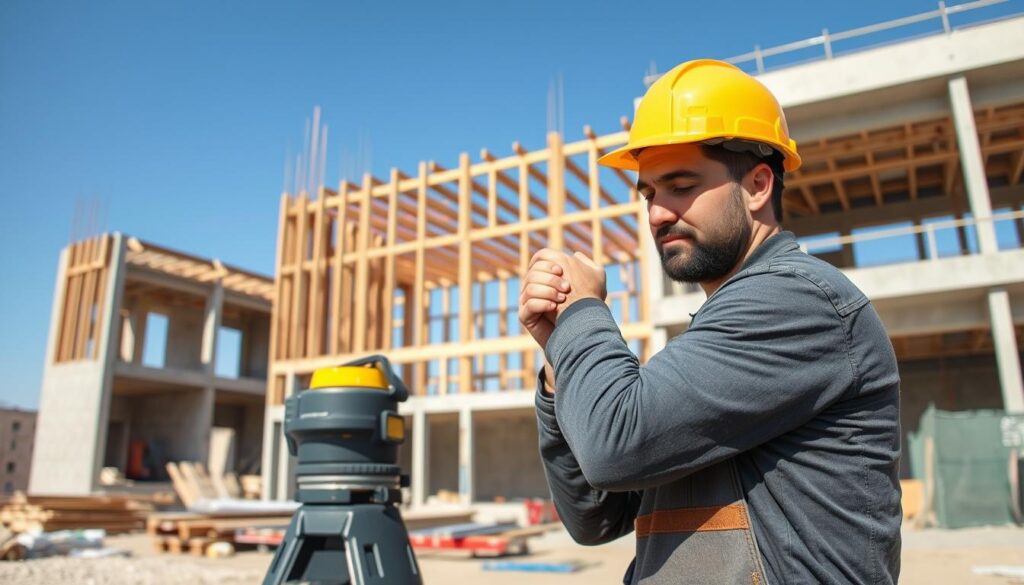
Equipment Inspection
Do a equipment inspection before you start. Check your leveling grade rods for damage. Make sure everything works right.
Regular upkeep and calibration are key. They help avoid mistakes and keep your results consistent.
- Inspect the rod for any signs of wear or damage.
- Check that all accessories, such as rod levels, are securely attached and functioning properly.
- Verify that the rod graduations are clear and accurate.
Weather Considerations
Weather conditions can mess with your measurements. Temperature, humidity, and wind can affect your gear. Plan your schedule with these in mind.
Extreme temperatures can cause materials to change size, leading to errors. High winds can shake your equipment. By dealing with these weather issues, you can get better measurements.
How to Use Leveling Grade Rods: Step-by-Step Guide
To get accurate results, follow a step-by-step guide for leveling grade rods. This guide will help you from setting up the rod to checking your measurements.
Setting Up Your Leveling Rod
First, set up your leveling rod correctly. This includes two key steps:
Extending Telescopic Rods Properly
When using a telescopic rod, extend it slowly and smoothly. Make sure each section is locked tight to avoid inaccuracies or slippage.
Ensuring Vertical Alignment
The rod needs to be held or placed as vertically as possible for accurate readings. A rod level can help you achieve this.
Positioning the Rod Correctly
Getting the rod in the right spot is key for precise measurements. Keep these tips in mind:
Stable Ground Placement
Put the rod on stable ground or a clear point. This prevents it from sinking or moving during measurement.
Working with Rod Holders vs. Self-holding
Using a rod holder or having someone hold the rod can be helpful, especially on uneven ground. But if alone, make sure the rod is self-supporting and steady.
Taking Accurate Readings
Getting precise readings is the main goal of using leveling grade rods. Here’s how to do it:
Line of Sight Considerations
Make sure the leveling tool has a clear line of sight to the rod. Avoid anything that might block the view.
Reading Through the Level
Look through the telescope of the leveling tool to see the rod’s markings. Take your reading at the crosshair on the rod.
Recording and Verifying Measurements
It’s important to record and check your measurements accurately for your leveling task’s success.
Documentation Best Practices
Write down all measurements clearly and legibly. Include details like location, date, and time of the measurement.
Double-checking for Accuracy
Always double-check your readings for accuracy. If needed, repeat the measurements to ensure they’re reliable.
Common Applications for Leveling Grade Rods
Many industries use leveling grade rods for exact height measurements. These tools are key for making sure projects are done right and reliable.
Leveling grade rods are used in many areas. Here are some of the most common uses:
- Construction and Building Projects: It’s vital to have a level foundation in construction. Leveling grade rods help by giving precise measurements.
- Surveying and Mapping: Surveyors use these rods to find the height differences on the earth’s surface. This is key for making accurate maps.
- Landscaping and Drainage Work: Good drainage is important in landscaping. Leveling grade rods help figure out the land’s slope, making sure water flows right.
Using leveling grade rods makes measurements more accurate. It also makes projects more efficient.

In construction, these rods ensure foundations are level. This is crucial for a building’s stability and life span.
In surveying, they’re vital for finding the height of points. This is important for mapping and other survey tasks.
For landscaping and drainage, rods help achieve the right slope. This is necessary for good water flow and preventing erosion.
Advanced Techniques for Professional Results
For professionals, advanced techniques are key to better measurements. These methods help surveyors and construction experts get top-notch results.
Working with Digital Levels
Digital levels are a big step up in surveying tech. They offer many benefits over old methods. One big plus is their accuracy and less chance of user mistakes.
Advantages of Digital Systems
- Improved accuracy through reduced human error
- Enhanced efficiency with faster data collection and processing
- Ability to store and transfer data electronically
To use digital levels well, following calibration procedures is key. Regular checks keep the device accurate and reliable.
“Calibration is key to ensuring the accuracy of digital levels. Regular checks and adjustments help maintain the device’s precision over time.”
Differential Leveling Techniques
Differential leveling finds the height difference between two spots. It’s vital in construction and surveying for exact height data.
Setting Up Benchmarks
Creating solid benchmarks is vital in differential leveling. These marks are used to compare other measurements.
| Benchmark Type | Description | Application |
|---|---|---|
| Permanent Benchmark | A fixed reference point with a known elevation | Long-term projects, large-scale surveys |
| Temporary Benchmark | A reference point established for a specific project or duration | Short-term projects, small-scale surveys |
Reciprocal Leveling for Increased Accuracy
Reciprocal leveling cuts down on errors in leveling, especially over long or tough terrains.
Calculating Elevation Differences is key in reciprocal leveling. Taking measurements in both directions gives more precise results.
Troubleshooting Common Issues
Troubleshooting is key for those using leveling grade rods. These tools are precise, but problems can still arise. Knowing how to fix these issues is crucial for getting the job done right.
Addressing Reading Errors
Reading errors can mess up your measurements. Two main issues are parallax problems and misalignment.
Parallax Problems
Parallax errors happen when your line of sight isn’t straight with the rod. This leads to wrong readings. To fix this, make sure the level is aligned with the rod and your eye is at the same level as the telescope.
Misalignment Issues
Misalignment occurs if the rod isn’t held straight or the level is off. To solve this, use a rod level to check if the rod is plumb. Also, double-check the level’s position before you read anything.
Dealing with Uneven Terrain
Uneven ground makes getting accurate measurements tough. Using turning points and intermediate sights can help get the job done right.
Choosing the right rod length and type is also important. A longer rod or one with special features, like a telescoping design, can be very helpful.
Overcoming Poor Visibility Conditions
Poor weather or lighting can make it hard to read accurately. Using rods with high-contrast graduations or illuminated rods can improve visibility.
Also, adjusting the time of day or using shading can help with visibility. This way, you can get more accurate measurements.
Maintenance and Care of Leveling Rods
Leveling rods need proper care to stay accurate and durable. To keep them in top shape, follow a few important steps.
Regular cleaning is key. Dirt and dust can mess up the readings. Use a soft cloth and mild soap to clean the rod, focusing on the markings.
Cleaning and Storage
After cleaning, store the rod right. Put it in a protective case to avoid damage. Keep the storage area dry and away from extreme temperatures.
Make sure the rod is dry before storing to avoid rust or mold. For rods with moving parts, lubricate the joints now and then.
Calibration and Adjustments
Leveling rods might need calibration over time. This checks if they’re still accurate. If not, you might need to adjust them.
Calibration should be done by experts or the maker’s service center. It keeps the rod precise and catches problems early.
By taking care of your leveling rods, you can make them last longer. This ensures they keep giving you accurate measurements.
Safety Considerations When Using Leveling Rods
When working with leveling rods, safety is key. It affects the success and accuracy of projects. Knowing and following important safety steps can help avoid hazards.
Personal Safety Precautions
Keeping yourself safe is crucial when using leveling rods. Always wear the right personal protective equipment (PPE). This includes hard hats, safety glasses, and reflective vests, especially in construction areas or near heavy machinery.
Stay away from dangers like overhead wires, unstable slopes, and moving cars. Learning how to use and handle leveling rods correctly is vital to avoid accidents.
Site Safety Awareness
Knowing your work environment is important. This means being aware of the terrain, weather, and any obstacles or dangers on site.
Do a detailed site check before starting work. Uneven ground can be a tripping risk. Weather like strong winds or lightning can mess with measurements.
| Safety Consideration | Description | Precautionary Measure |
|---|---|---|
| Personal Protective Equipment (PPE) | Essential gear to protect against physical harm | Wear hard hats, safety glasses, and reflective vests |
| Site Hazards | Potential dangers on the construction or survey site | Conduct thorough site assessments and maintain safe distances from hazards |
| Weather Conditions | Environmental factors that could impact work | Monitor weather forecasts and adjust work schedules accordingly |
By focusing on personal safety and site awareness, professionals can reduce risks with leveling rods. This makes the work environment safer and improves measurement accuracy.
Conclusion
Mastering leveling grade rods is key for those in construction, surveying, and landscaping. Accurate measurements are essential. This article has covered the basics, how to choose the right rod, and how to use them well.
Knowing the different types of rods and how to prepare for measurements is important. Using advanced techniques can make your work more precise and reliable. Keeping your rods in good shape and following safety rules also helps a lot.
This guide shows that it’s not just about knowing the tools. It’s also about using the right techniques and following best practices. This skill is crucial for getting accurate measurements and making projects successful.
